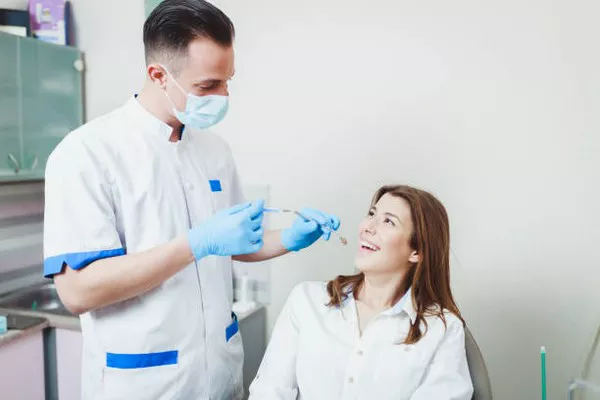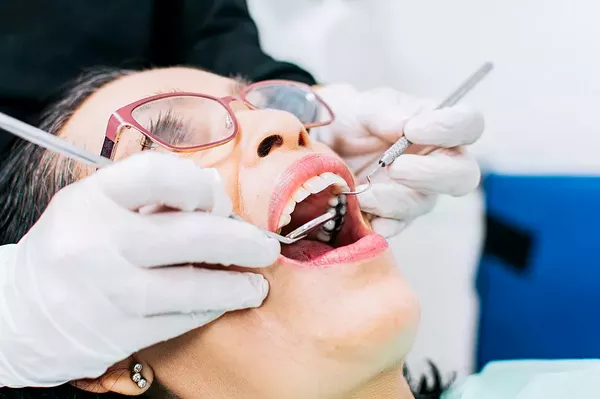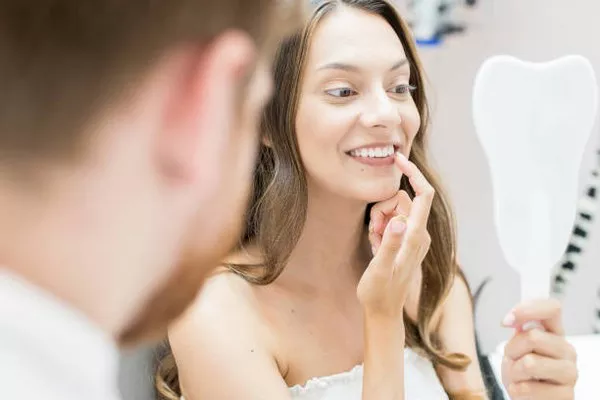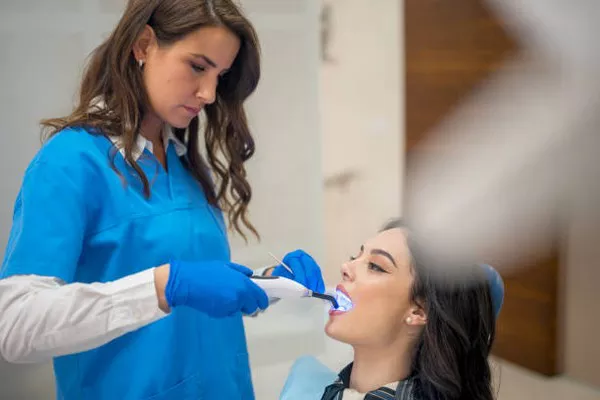Dental fillings are a common treatment for cavities, restoring the structure and function of teeth compromised by decay. While the procedure itself is relatively straightforward, proper aftercare is essential to ensure the longevity and effectiveness of the filling. One question that often arises among patients is whether they can brush their teeth immediately after getting a filling. In this article, we will address this query and provide a comprehensive guide to post-filling care.
Immediate Aftercare
Immediately after getting a filling, patients may wonder if they can resume their regular oral hygiene routine, including brushing and flossing. The good news is that yes, you can brush and floss your teeth as usual after a filling. However, it’s crucial to use the proper technique to avoid damaging the new filling.
Type of Fillings
The type of filling material used can influence post-filling care instructions. Common filling materials include amalgam, composite, and gold. Each type may have different recommendations for aftercare, including when it’s safe to brush.
- Amalgam Fillings: Amalgam fillings, also known as silver fillings, are durable and have been used in dentistry for decades. After getting an amalgam filling, patients can typically resume brushing their teeth right away. However, it’s essential to be gentle around the filled area to avoid irritating the surrounding gum tissue.
- Composite Fillings: Composite fillings, made of a tooth-colored resin material, are popular for their natural appearance. Patients with composite fillings should wait until the anesthesia wears off before brushing their teeth. This usually takes a few hours. Once the numbness subsides, patients can resume their normal brushing routine, taking care to be gentle around the filled area.
- Gold Fillings: Gold fillings are highly durable and biocompatible. Patients with gold fillings can generally brush their teeth as usual after the filling procedure. However, it’s advisable to wait until any post-procedure sensitivity has diminished before brushing vigorously.
Sensitivity Management
It’s common to experience some sensitivity after getting a filling, especially with composite fillings. To manage sensitivity effectively, consider the following tips:
- Use a toothpaste formulated for sensitive teeth, which can help alleviate discomfort.
- Avoid consuming very hot or cold foods and beverages, as extreme temperatures can exacerbate sensitivity.
- If sensitivity persists beyond a few days or worsens over time, consult your dentist for further evaluation and management.
Brushing Technique
Proper brushing technique is crucial for maintaining oral health, especially after getting a filling. Here’s how to brush your teeth effectively while protecting the new filling:
- Use a soft-bristled toothbrush to avoid damaging the filling or surrounding tooth structure.
- Brush gently in circular motions, paying close attention to the filled area.
- Avoid aggressive scrubbing, as this can irritate the gums and potentially dislodge the filling.
Flossing
Flossing is an essential component of good oral hygiene, but it’s essential to be gentle around newly filled teeth to prevent dislodging the filling. Here are some tips for flossing after getting a filling:
- Use a gentle, back-and-forth motion to guide the floss between your teeth, taking care not to force it or snap it against the filling.
- Be cautious when flossing around the filled tooth, using a light touch to avoid placing undue pressure on the filling.
Avoiding Hard Foods
After getting a filling, it’s advisable to avoid hard, chewy, or sticky foods for a certain period to prevent damage to the filling. Hard foods can exert excessive pressure on the filling and may cause it to crack or become dislodged. Instead, opt for softer foods that are easier on your teeth until any post-filling sensitivity subsides.
Pain Management
While some sensitivity after getting a filling is normal, severe or prolonged pain may indicate a problem that requires attention. Here’s how to manage pain effectively after a filling:
- Take over-the-counter pain relievers such as ibuprofen or acetaminophen as directed to alleviate discomfort.
- Apply a cold compress to the outside of your cheek to reduce swelling and numb the area.
- Avoid placing pressure on the filled tooth, and stick to a soft diet if chewing exacerbates pain.
Follow-Up Care
After getting a filling, it’s essential to follow up with your dentist as recommended to ensure proper healing and function. If you experience persistent discomfort or if the filling feels uneven, contact your dentist promptly. They may need to make adjustments to the filling or address any underlying issues that may be contributing to your symptoms.
Conclusion
Brushing your teeth after getting a filling is generally safe, but it’s essential to use the proper technique and exercise caution to avoid damaging the new filling. By following the tips outlined in this article and adhering to your dentist’s recommendations, you can promote healing and maintain optimal oral health after a filling procedure.
FAQs About Dental Fillings
1. How long after a filling can I brush my teeth?
It’s generally safe to brush your teeth after getting a filling, but you may need to wait a few hours depending on the type of filling material used. For composite fillings, which are tooth-colored and commonly used for front teeth, it’s advisable to wait until any numbness from the anesthesia wears off before brushing. This typically takes a few hours. However, for silver amalgam or gold fillings, you can usually resume brushing your teeth right away. Always follow your dentist’s specific instructions for post-filling care.
2. How do you clean your mouth after fillings?
After getting a filling, it’s important to maintain good oral hygiene to prevent further decay and ensure the longevity of the restoration. Here’s how to clean your mouth after fillings:
- Brush your teeth at least twice a day with fluoride toothpaste, using a soft-bristled toothbrush and gentle, circular motions. Pay close attention to the filled area while brushing.
- Floss between your teeth daily to remove plaque and food debris. Be gentle when flossing around the filled tooth to avoid dislodging the filling.
- Rinse your mouth with water after eating to help remove food particles and debris from your teeth and fillings.
3. How do I brush my teeth with a filling?
Brushing your teeth with a filling requires a gentle approach to avoid damaging the restoration. Here’s how to brush your teeth effectively after getting a filling:
- Use a soft-bristled toothbrush to avoid irritating the gums and damaging the filling.
- Apply fluoride toothpaste to the brush and gently brush your teeth using circular motions. Pay close attention to the filled area, but avoid aggressive scrubbing.
- Rinse your mouth thoroughly with water after brushing to remove any toothpaste residue.
4. Should I avoid anything after getting a filling?
After getting a filling, it’s advisable to avoid certain foods and activities to protect the restoration and promote healing. Here are some things to avoid after getting a filling:
- Hard, chewy, or sticky foods that may exert excessive pressure on the filling and cause it to crack or become dislodged.
- Very hot or cold foods and beverages, which can exacerbate sensitivity in the filled tooth.
- Using tobacco products, which can increase the risk of complications and compromise oral health.
- Grinding or clenching your teeth, as this can put undue stress on the filling and surrounding tooth structure.































